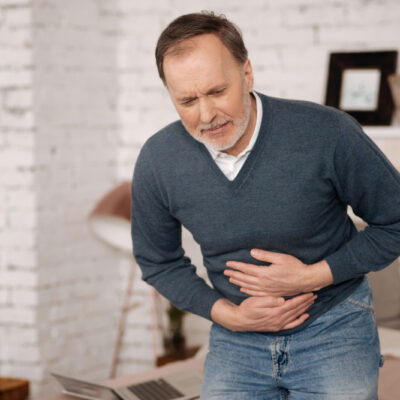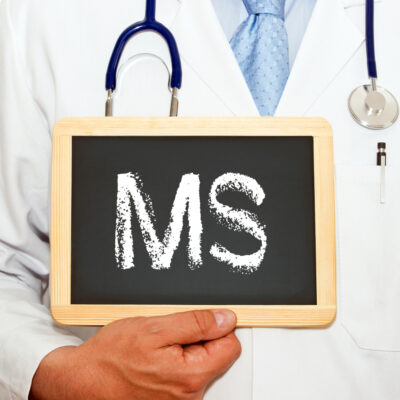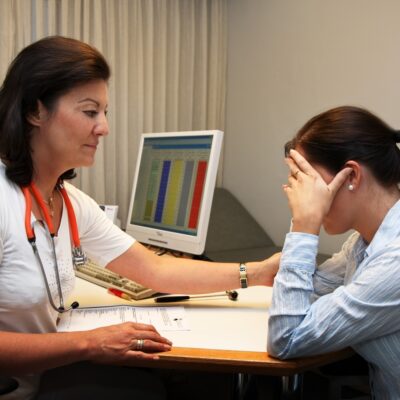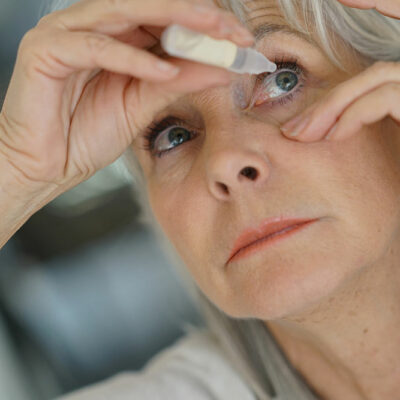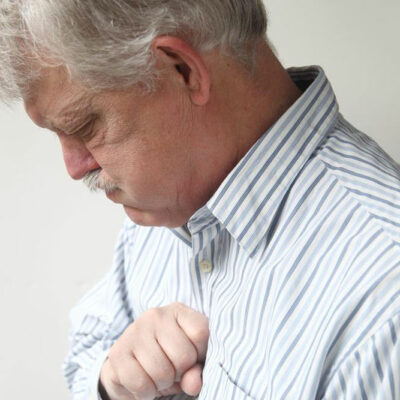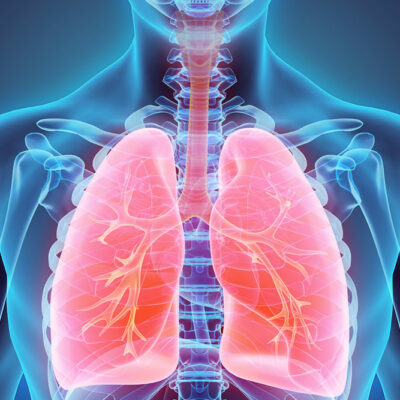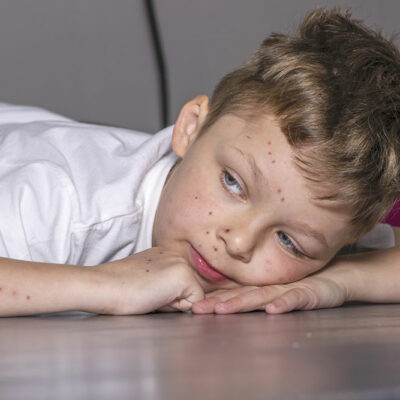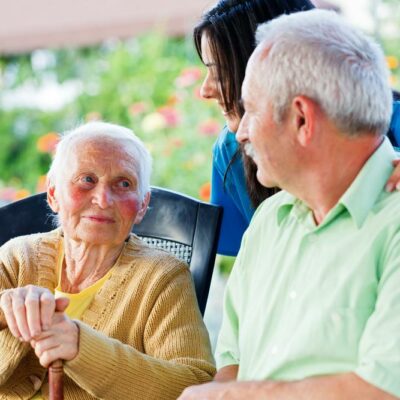
Health
The progress of Parkinson’s disease
Parkinson’s disease has been a mystery for quite a long time now and continues to be one in parts. This is mainly because the cause of the disease is unknown, there is no absolute cure except for symptom management, and after a point, even that becomes a hardship. This disease that affects the nervous system only worsens with time and there is no absolute timeline to help the individual prepare themselves for the onset of symptoms to the stages of worsened symptoms. It is extremely difficult to answer questions regarding the progress of the disease or how to manage them, but there are charts that can help one know what to expect in different stages of the disease, and give information about palliative care. Why is Parkinson’s disease so hard to predict? The major problem with this disease is that there are two categories of symptoms that are highly probable. While one category of symptoms includes the loss of the ability to move due to rigid muscles and tremors, the other category is associated with non-motor symptoms that include pain, dementia, and smell dysfunction. A person affected by this disease may not exhibit all the symptoms at the same time and there is no guarantee as to what combination of symptoms may occur or which of them will affect the individual severely.
Read More 



